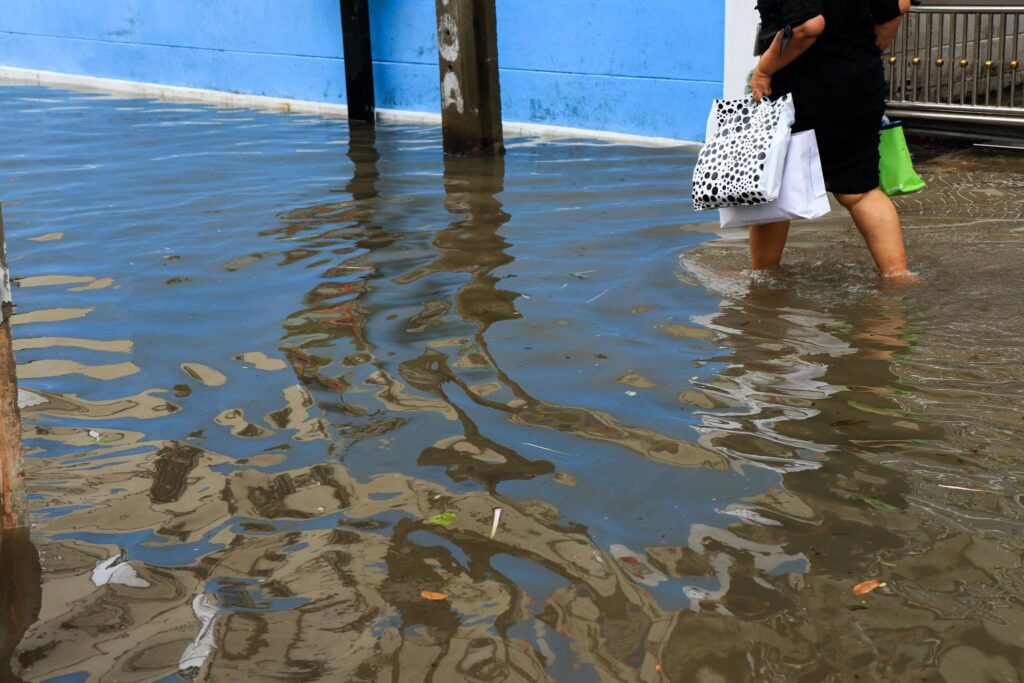Risks And Possible Outcomes
It’s best to learn the signs of a flash flood. Here is a list, followed by descriptions of different stages:
- Large amounts of rain will fall onto already saturated soil.
- The ground around rivers and streams will rapidly fill with water, sometimes causing an overflow.
- Rivers can overflow due to heavy rain or melting snowpack.
- Floods can cause damage to homes, cars, and roads.
- Floods can also cause widespread power outages.
- Rivers flood the lowest parts of roads and highways, creating an even higher risk of being stranded by waves of water. (Floodwaters may be up to 18 inches deep in some areas.)
What To Do When You See These Signs?
Be prepared for the worst-case scenario. If you see these signs, do not wait!
A. Immediately find shelter. Floods can quickly become much worse than they appear. Therefore, it is best to move to a dry area if possible.
B. Follow the “10-Step Plan.” This plan is designed to help you survive in a situation like this.
- Protect Yourself from the Elements: Wear shoes that will keep you dry and warm. (It’s also ok to wear socks and long pants).
- Gather Your Emergency Supplies: This includes water, non-perishable food, a portable radio and extra batteries, etc.
- Ensure your safety: Stay away from high ground and avoid water sources that may become flooded or are already overflowing their banks.
- Keep listening to the radio: Listen to the latest weather updates and stay in touch with local authorities as best you can until help arrives.
- If you are in a vehicle, don’t drive around: You should find a place to pull over and stay there. If the floods get higher than your car, you will not be able to drive away.
- Take cover from flooding or falling objects: Communicate with family members about where everyone is and make sure everyone is safe. If you are outside, move to a safe location quickly.
- Turn off utilities: If the electricity is out, turn off any gas or propane appliances (such as your stove) as a precaution.
- Stay away from windows: If possible, cover the windows with towels or blankets to keep out the rain and avoid injury. Do not climb on top of the shelter in an attempt to get a better view- it won’t help you and could cause you more trouble.
- Please stay away from your door: Avoid opening it so that you won’t be injured by rushing water and debris.
- Stay calm: Only communicate with the outside world if necessary. For example, consulting a weather report and following local laws is more important than communicating with others.
C. Stay Safe & Warm!
Besides the above, you should also:
- Do not travel during a flash flood.
- Do not drive through flooded areas.
- Do not touch electrical equipment (phones and computers).
- Be careful when walking outside that you do not step in any puddles, as they may be electrified due to underground power lines coming in contact with rainwater.
D. If a flash flood does occur, you should stay indoors and wait for a safe time to take shelter.
E. If you are stuck in a vehicle, and the floods rise above the windows, turn off your engine and wait for rescue.
I hope, by now, you are aware of all of the risks involved with flash floods and realise what you can do to stay safe. As long as you stay out of the floodwaters and avoid electrical hazards, you should be safe.







